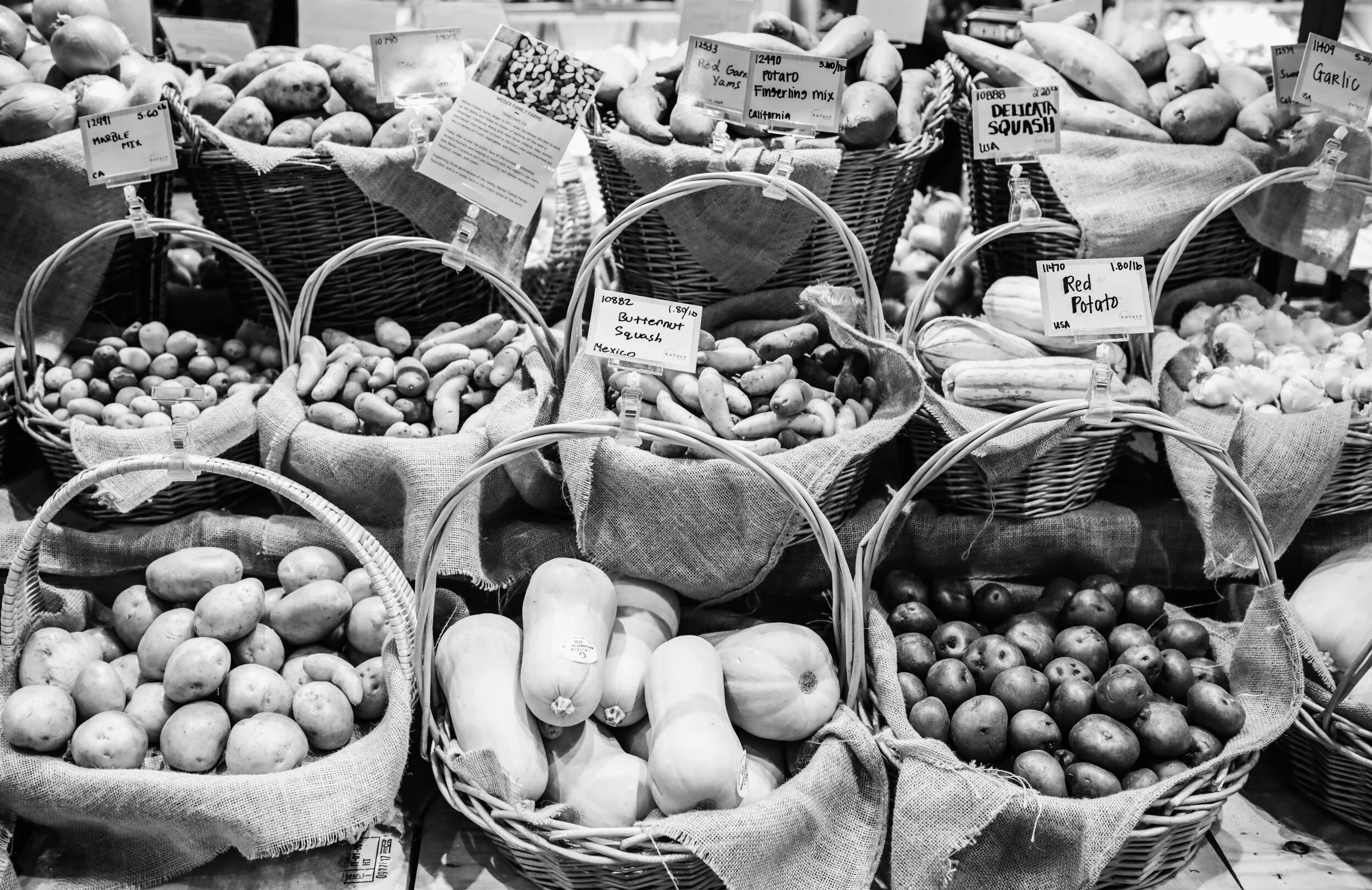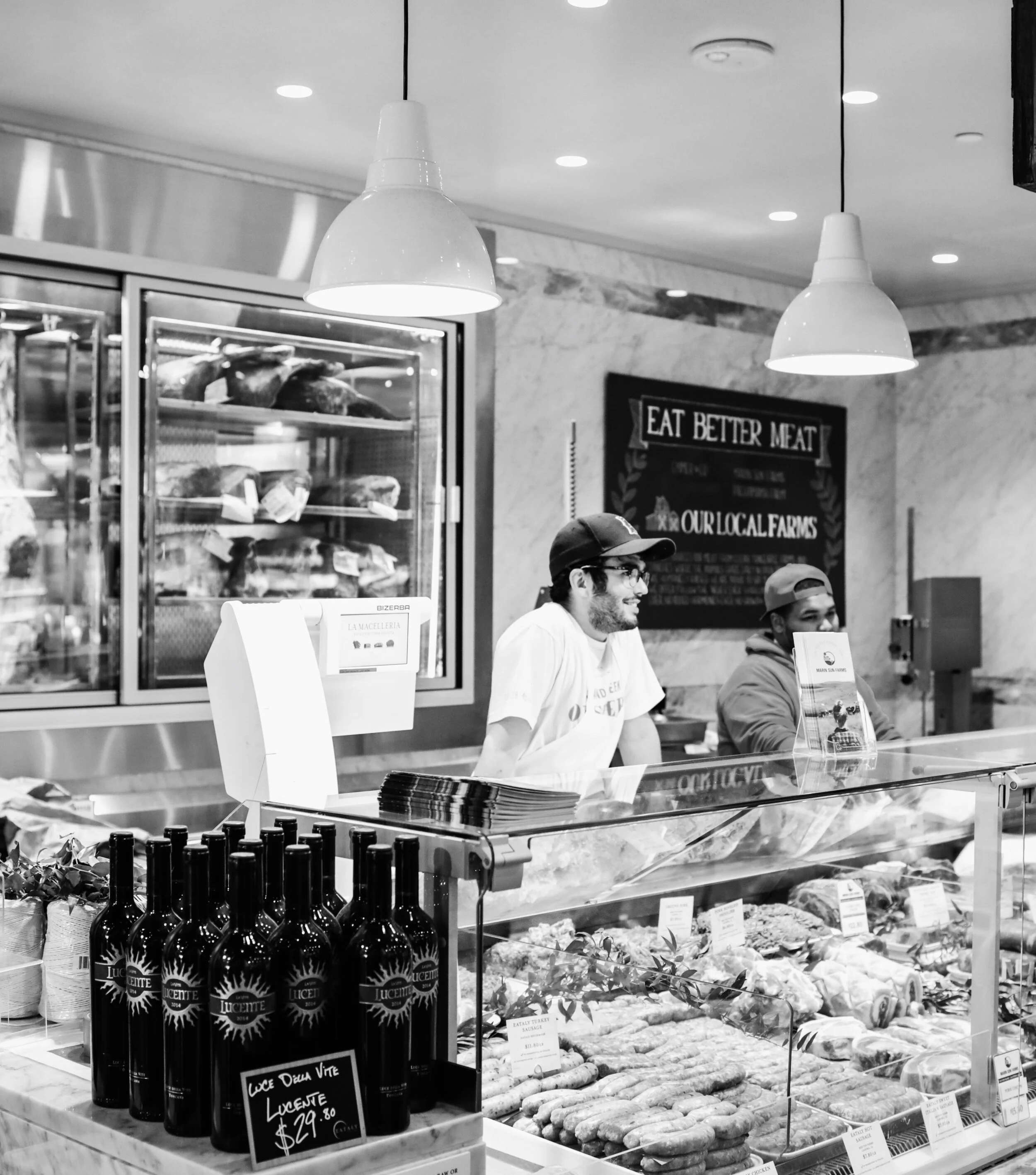COVID-19 and its Impact on the Local Food Industry
By Katie Matthews, Project Manager
During the pandemic, people’s daily lives have been completely flipped upside down. We are finding even the smallest tasks are taking more effort and time to complete. Something like going to the grocery store can be a daunting task for so many different reasons. As food stores attempt to respond to the CDC recommendations and ongoing public concerns, new sanitation methods are being used, social distance shopping requirements now create lines at every store, and the supply typically relied on, can be limited or non-existent.
As I write this, we are coming into the third full month of the ‘California Stay at Home Order’. While some restrictions are lifting and more activities are becoming available to the public, there is still a long road ahead to get back to our “normal” way of life. Restaurants and bars are still required to close their doors and only allow for take-out menus with hopes of even just limited seating in the foreseeable future. With over 60 days (possibly more, I can’t keep track anymore) of the order in place, restaurant owners and employees are experiencing irreversible threats to their livelihoods. The California Restaurant Association recently published a letter to CA governor, Gavin Newsom, stating that roughly 20-30% of CA restaurants will be forced to close permanently due to their limitations during this pandemic. This poses a problem not only for those restaurants but stretches further and creates shifts in the entire food production system.
Farms across the country are losing their traditional markets due to the pandemic. With schools, universities, restaurants, hotels, farmer’s markets, and other market outlets temporarily shut down, farmers are struggling to distribute their goods to the population. This could have detrimental effects later down the line as stay in place orders continue. A study published by Colorado State University and University of Missouri, projected that local and regional markets will have over a $1.32 billion loss from just March to May alone. This impact will directly affect the local farms and ranches that supply most of the restaurants and smaller markets the City of LA relies on daily. This emphasizes the need to support local supply chains more than ever.
How can you help?
Many restaurants in LA area have converted to selling pantry and produce items to keep their partnerships with local farms. Here are a few resources of restaurants and markets around LA that are selling goods (so many great lists, why make our own!).
List from Infatuation LA
Two different lists from EATER LA for restaurants supporting local farmers and selling daily pantry items
Pop Up markets list from LAist
Places to buy groceries from LA Times
Sign up for a CSA (community supported agriculture). Although CSAs are not a new concept, local farms are now converting their distribution lines to accommodate shipping boxes directly to the home chef.
Edible Farms LA – Participating Farms: Flora Bella Farm, Schaner Farms, Weiser Family Farms, T&D Farms, Tehachapi Grain Project, Finley Farms, Edible Gardens LA Farm
Farm Fresh to You (produce and meat)
Order meat directly from the ranches or start using local butcher shops.
Marcondas (order delivery on PostMates and DoorDash)
Mccalls Meat and Fish (small ordering window and pick up times)
And when you can and feel safe enough, support your local farmer’s market. Here is a list from Street LA of all the farmers markets that have been approved for operation under the new public health orders.



